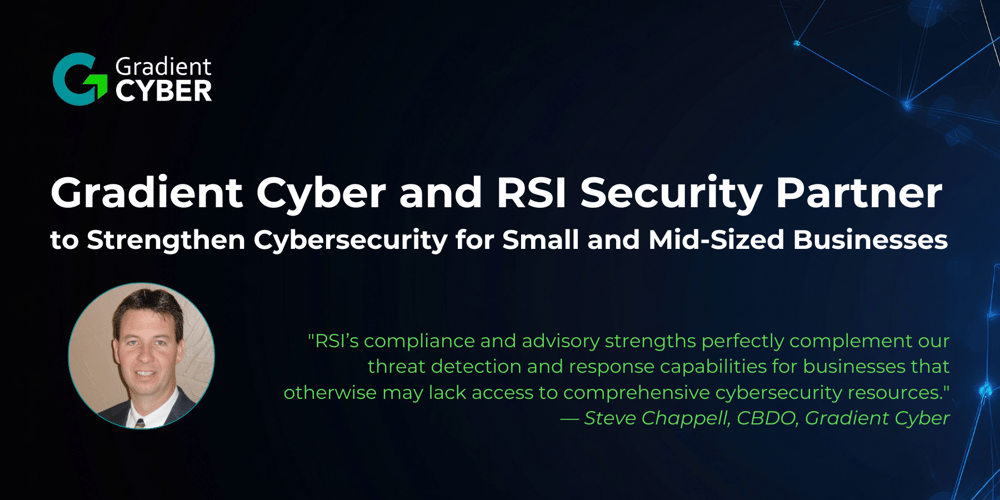Protecting assets used to mean massive vaults and steel doors, but the landscape of financial security has shifted dramatically. Today, banks and credit unions face a new battleground—cybersecurity. Small and mid-sized financial institutions, particularly community banks and credit unions, are prime targets for cyber threats. Alarmingly, they are three times more likely to experience cyberattacks than organizations in other industries.
If your organization isn’t proactively addressing these risks, you may already be exposed. This article highlights the top cybersecurity threats faced by financial institutions today and provides actionable insights to safeguard your systems, data, and reputation.
The Cost of Cybercrime: A Growing Challenge
Cybercrime damages are projected to exceed $10.5 trillion annually by 2025—more than triple the costs seen a decade ago. For community banks and credit unions, this isn’t just a statistic; it’s a reality. Many institutions lack the resources to defend against sophisticated attacks, yet they manage highly sensitive data that makes them lucrative targets for cybercriminals.
In this interconnected financial ecosystem, a single breach can ripple across the industry, impacting institutions without direct ties to the victimized entity. Proactively investing in cybersecurity isn’t just about compliance—it’s about survival.
The Top Cybersecurity Threats Facing Financial Institutions
-
Data Breaches and Credential Stuffing
Financial institutions remain a primary target for hackers due to the high value of their data. In 2023, billions of user credentials were exposed through breaches, making credential stuffing—a method where attackers use stolen credentials to gain unauthorized access—one of the most damaging cyber threats.How to Counter:
- Enforce multi-factor authentication (MFA).
- Educate customers on creating strong, unique passwords.
- Monitor for unauthorized access attempts with robust endpoint detection tools.
-
Cloud Computing Vulnerabilities
While cloud computing enhances efficiency, it also introduces new attack vectors. Events like the Cloud Hopper breach highlight the risks of mismanaged cloud security, leaving sensitive financial data exposed to advanced persistent threats (APTs).How to Counter:
- Partner with trusted Managed Extended Detection and Response (MXDR) providers.
- Conduct regular cloud security assessments.
- Implement stringent access controls and encryption standards.
-
Social Engineering Attacks
Social engineering exploits human error—responsible for 95% of data breaches. Whether through phishing, spear phishing, or whaling, these attacks can compromise systems with a single malicious link or attachment.How to Counter:
- Train employees and customers to identify suspicious communications.
- Deploy advanced email and content filtering tools.
- Run regular phishing simulations to assess and strengthen employee awareness.
-
Ransomware Attacks
Ransomware remains a dominant threat. Cybercriminals encrypt critical data and demand exorbitant payments for its release. Community banks are increasingly targeted due to the sensitive financial information they store.How to Counter:
- Maintain regular, secure backups.
- Implement endpoint protection with advanced threat detection.
- Develop and test a robust incident response plan.
-
Internet of Things (IoT) Vulnerabilities
IoT devices like cameras, routers, and smartphones can act as weak links in a financial institution's security chain. These devices, when compromised, can provide hackers with a gateway to sensitive networks.How to Counter:
- Monitor IoT devices with a network detection and response (NDR) solution.
- Update and patch firmware regularly.
- Enforce strict device authentication protocols.
Why Managed Extended Detection and Response (MXDR) is Essential
Traditional security measures are no longer enough. Managed Extended Detection and Response (MXDR) offers comprehensive protection across multiple threat vectors, including networks, endpoints, cloud infrastructure, and SaaS platforms.
MXDR solutions continuously monitor for threats, provide real-time incident response, and leverage threat intelligence to stay ahead of emerging risks. For mid-market financial institutions, MXDR represents a cost-effective, scalable approach to achieving enterprise-grade security.
Benefits of MXDR for Financial Institutions
- 24/7 Monitoring
Detect threats before they escalate. - Cost Savings
Reduce the financial burden of breaches and lower cyber insurance premiums. - Streamlined Compliance
Meet regulatory requirements with ease. - Proactive Defense
Stay ahead of advanced threats with AI-driven analytics.
Partner with Gradient Cyber to Stay Secure
Cybersecurity isn’t just an IT problem—it’s a business imperative. Gradient Cyber specializes in providing mid-market organizations with industry-leading MXDR solutions tailored to the unique challenges of community banks and credit unions.
By partnering with Gradient, you gain:
- Continuous monitoring and threat detection.
- Expert incident response teams.
- Proven solutions to lower cyber insurance costs.
Ready to Take the Next Step?
Don’t wait until it’s too late. Contact Gradient Cyber today to learn how our MXDR services can safeguard your financial institution, protect your customers, and ensure peace of mind.





